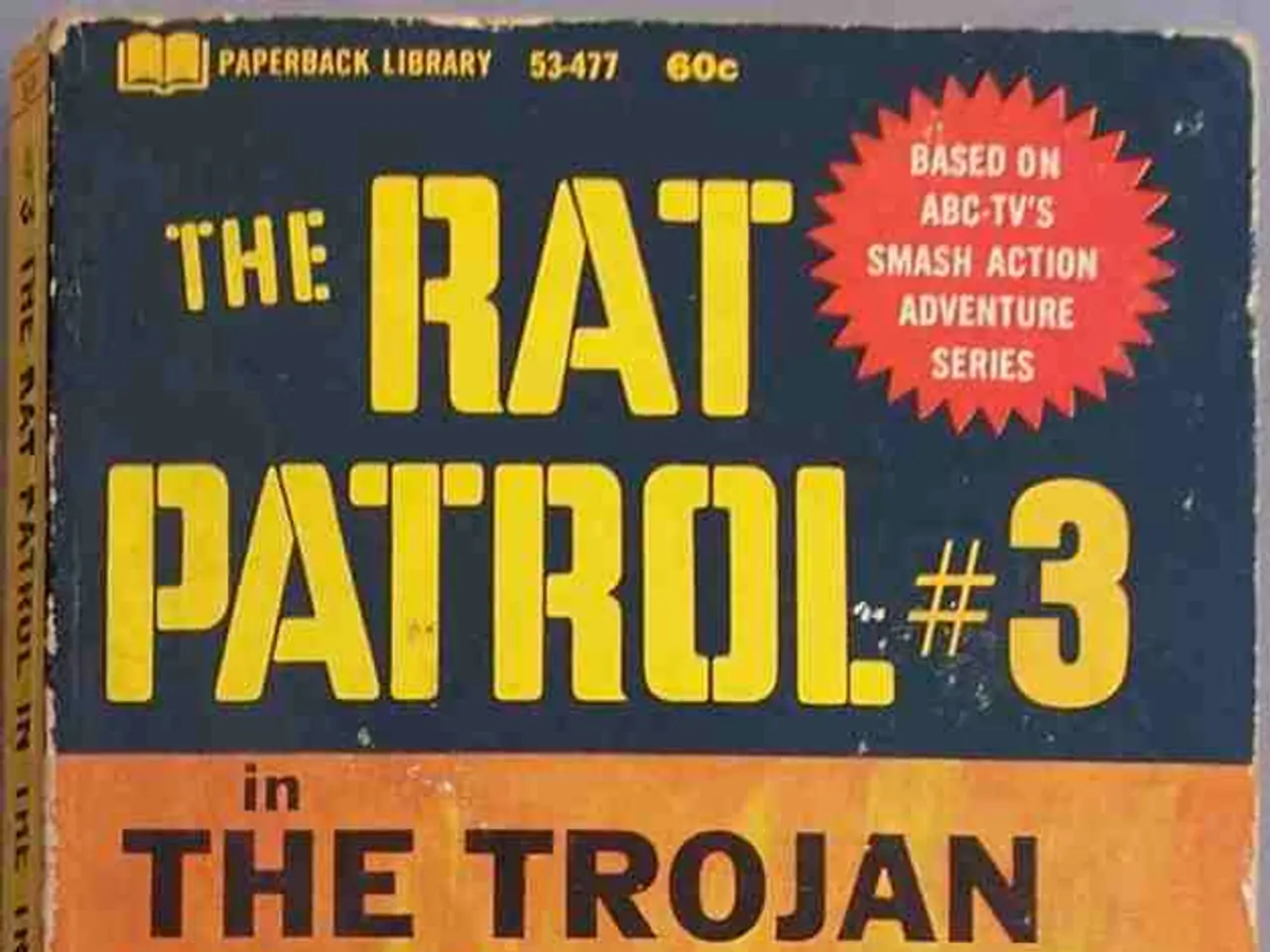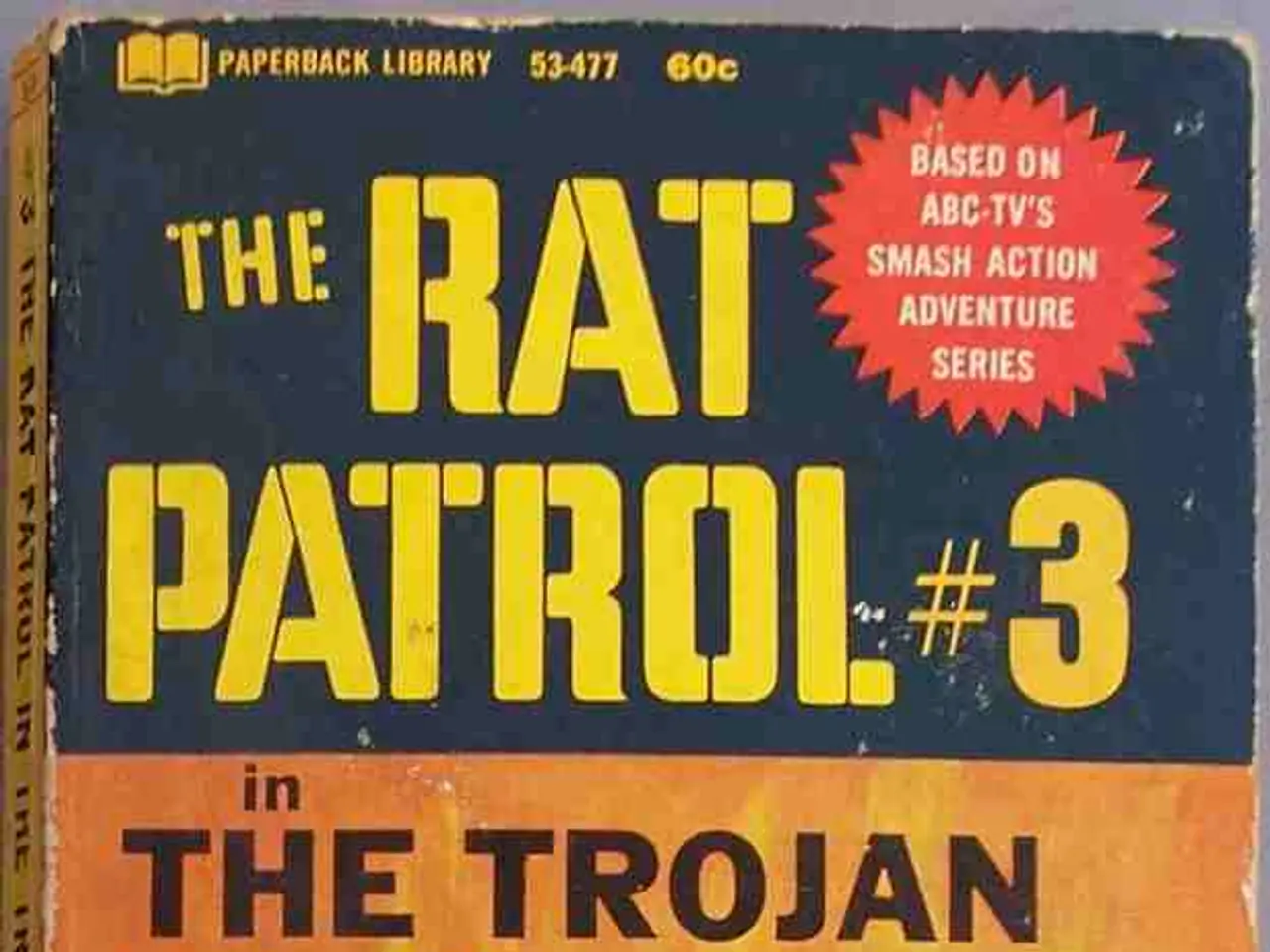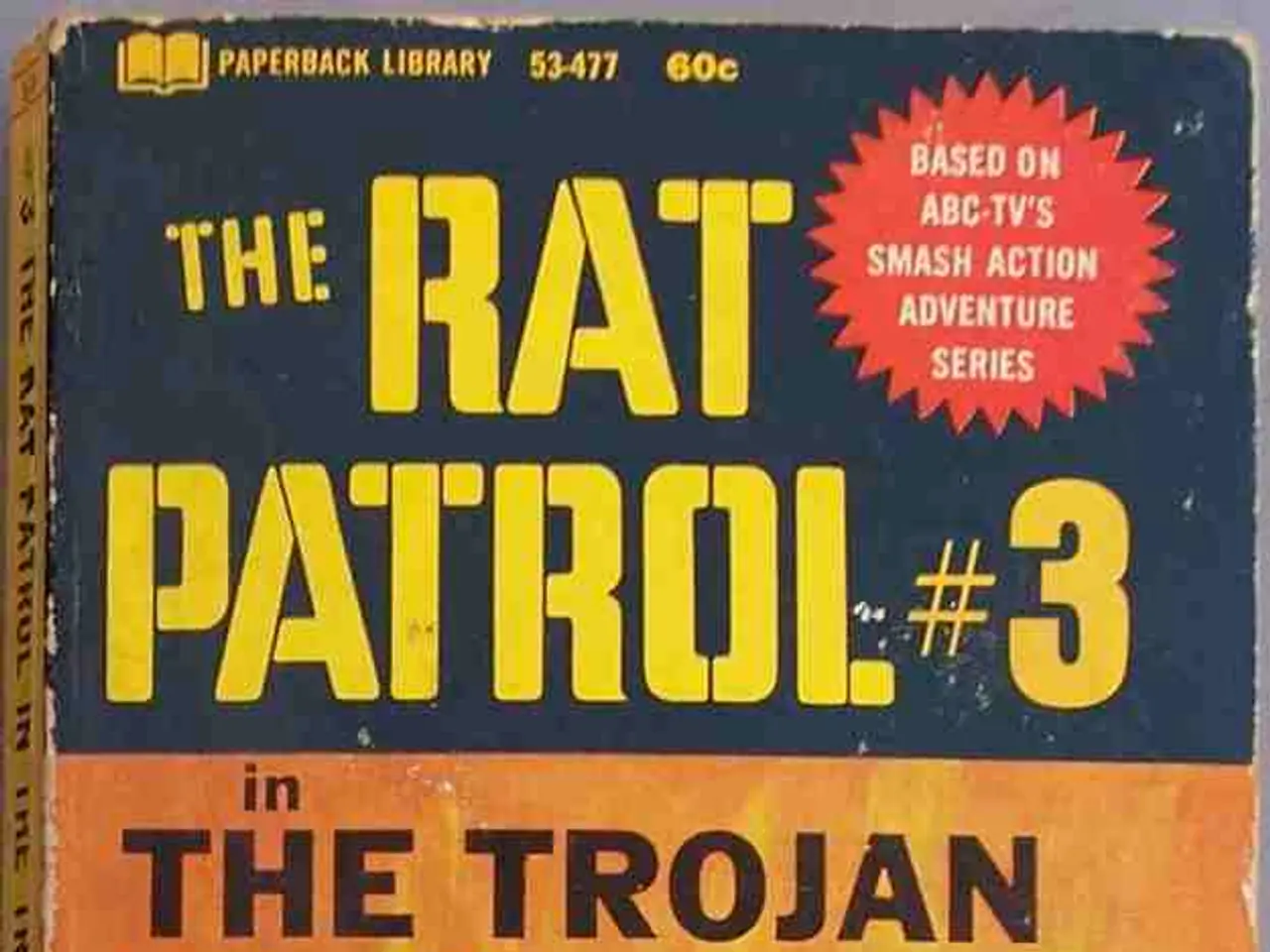Returning control of approximately 29,000 evaders to Ukraine authorities
=======================================================================
The Ukrainian government has been grappling with a significant issue in its military force - desertion. Since the full-scale invasion by Russia in February 2022, over 230,000 cases of desertion have been officially registered, with estimates suggesting that the actual number could be as high as 500,000 soldiers.
In an effort to address this issue, legal reforms offering amnesty to deserters who voluntarily return to service have been implemented. Since late 2024, a law granting amnesty to first-time deserters has led to around 29,000 deserters returning to the Ukrainian Armed Forces between November 2024 and August 2025. This measure aims to mitigate personnel shortages by encouraging soldiers to come back without facing severe punishment.
However, the challenges are substantial. Despite the amnesty offer, many deserters (around 93%) do not return to service, reflecting deep issues of morale, motivation, and the brutal conditions on the front lines. The Ukrainian army is estimated to have shrunk to around 500,000 troops actively available, with about 350,000 at the front, causing difficulty in holding the front line and enabling Russian forces to press offensives with personnel advantages.
Resistance to conscription is prevalent in some regions of Ukraine, with incidents of physical violence and attempts to free mobilized men reported in multiple regions. Villagers in the Mykolaiv region have physically resisted military recruiters with sticks and metal pipes, while a crowd in Vinnytsia tried to free mobilized men from a football stadium last Friday. In other instances, bystanders have shown solidarity with individuals resisting conscription.
The Ukrainian government's efforts to conscript new soldiers continue to face resistance. President Volodymyr Zelenskyy says the army recruits up to 30,000 new soldiers each month. However, recruitment and mobilization numbers have declined significantly in 2025 compared to previous years, compounding the manpower crisis.
The ongoing resistance to conscription may indicate ongoing challenges for the Ukrainian government in maintaining a sufficient military force. The situation is exacerbated by instances of low troop morale and resistance to forced mobilization in some communities.
In summary, Ukraine’s primary strategy against desertion is a mix of legal amnesty incentives and criminal prosecution, combined with efforts to sustain recruitment amid high losses and desertion rates. The key challenges include the massive scale of desertion, low rates of deserter return, recruiting shortfalls, and the strain on military cohesion and front-line stability caused by these personnel deficits.
- Politics and general news alike have been dominated by discussions about Ukraine's war-and-conflicts, with a particular focus on desertion in its military force due to the ongoing Russian invasion, and the subsequent legal reforms offering amnesty to deserters.
- Crime-and-justice reports from Ukraine have highlighted instances of resistance to conscription, as seen in the physical violence and attempts to free mobilized men in various regions, underscoring the ongoing challenges for the Ukrainian government in maintaining its military force.





